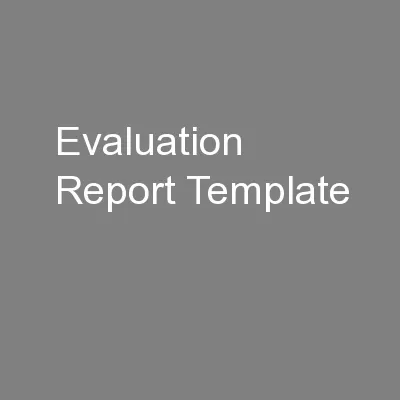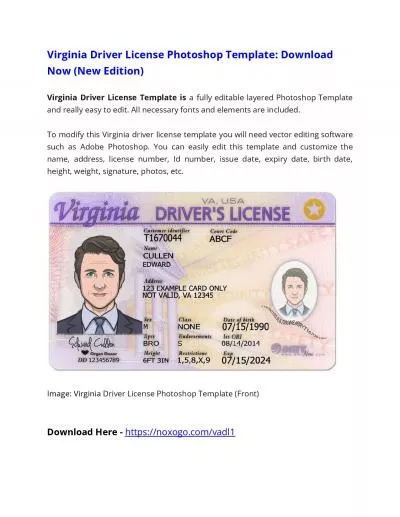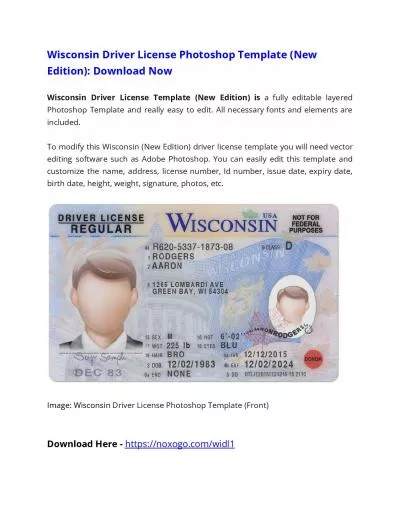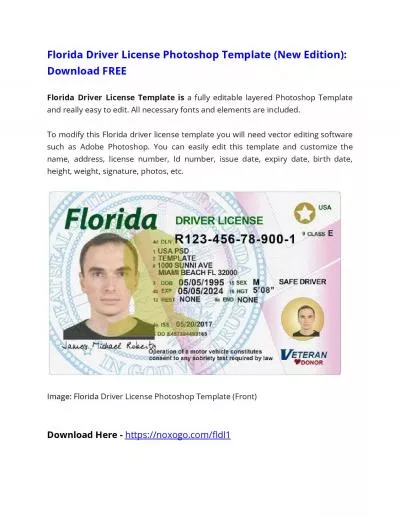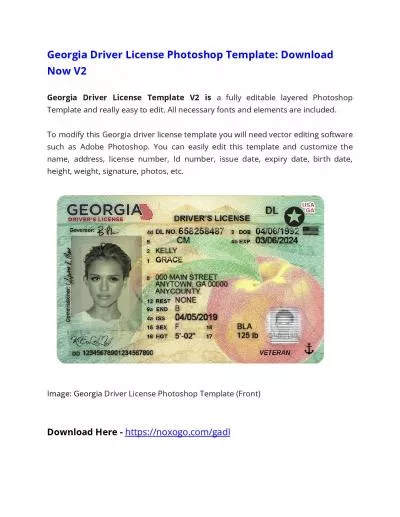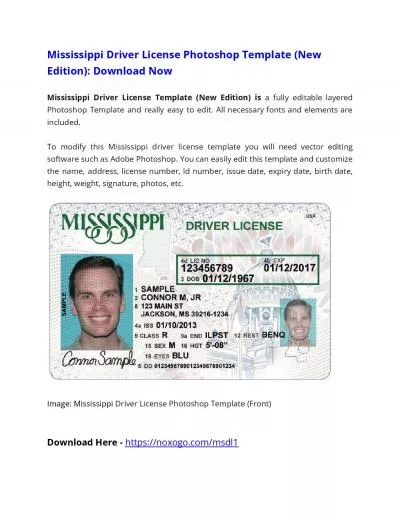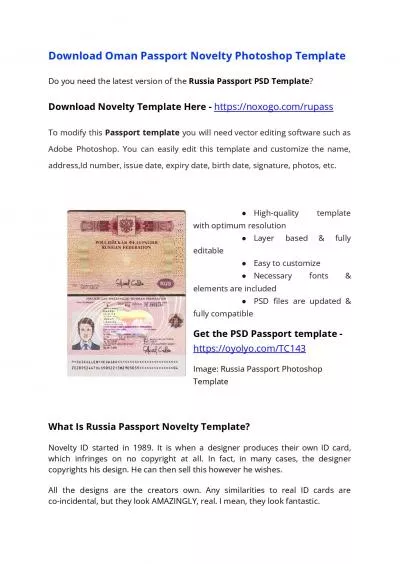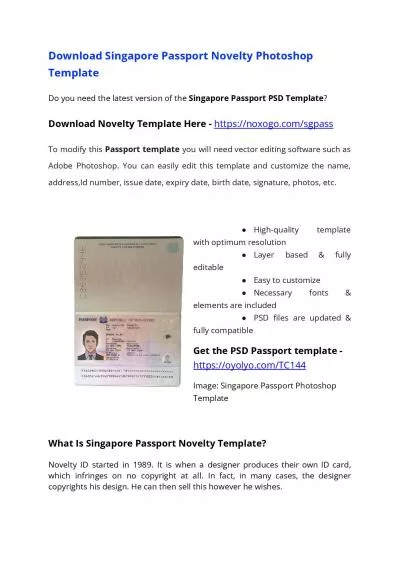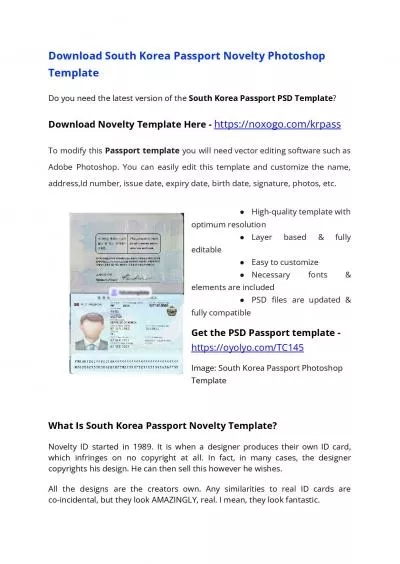PPT-Evaluation Report Template
Author : luanne-stotts | Published Date : 2016-04-10
The steps involved Dp4 Step1 understanding the basic about evaluation ch1 Step2 defining the main purposes of the evaluation and the big picture questions that need
Presentation Embed Code
Download Presentation
Download Presentation The PPT/PDF document "Evaluation Report Template" is the property of its rightful owner. Permission is granted to download and print the materials on this website for personal, non-commercial use only, and to display it on your personal computer provided you do not modify the materials and that you retain all copyright notices contained in the materials. By downloading content from our website, you accept the terms of this agreement.
Evaluation Report Template: Transcript
Download Rules Of Document
"Evaluation Report Template"The content belongs to its owner. You may download and print it for personal use, without modification, and keep all copyright notices. By downloading, you agree to these terms.
Related Documents

